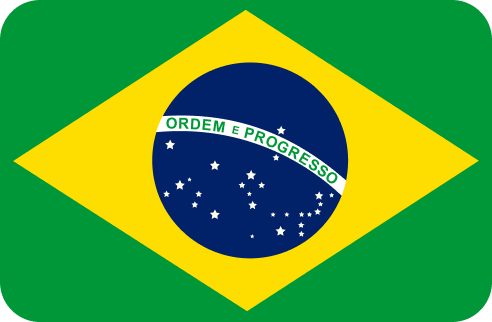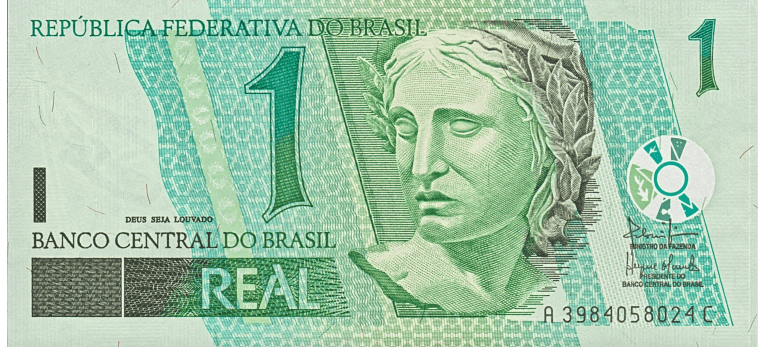Introduce país o moneda de destino:



El real brasileño (r$) es la moneda oficial de Brasil desde 1994. Es la más fuerte de América Latina y la instauró Itamar Franco. La entidad encargada de emitirla es el Banco Central do Brasil. Hay otras 80 monedas que complementan la economía del país en distintas zonas.

En la actualidad, hay billetes de 1, 2, 5, 10, 20, 50, 100 y 200 reales brasileños. Esta última denominación comenzó a emitirse en el año 2020. Están hechos de papel e incorporan elementos de seguridad contra el blanqueo de capitales.

Las monedas en Brasil son de 1, 5, 10, 25 y 50 centavos, así como de un real, que se divide en 100 centavos (¢). Las que se utilizan en la actualidad pertenecen a la segunda serie de reales, emitida en 1998. La moneda de 1¢ fue retirada, pero las existentes siguen en curso.

Desde 1942 y hasta 1986, existió el cruzeiro real. Esta moneda se ha intercalado históricamente con el real brasileño (BRL) para combatir periodos de inflación y de cambio económico en el país. Esta moneda equivalía a 1000 cruzeiros y ya no se utiliza.

A pesar de que aún circulan unos 150 millones de billetes de 1 real brasileño, son muy difíciles de encontrar. Para los coleccionistas profesionales, estos billetes alcanzan un valor de hasta 100 reales porque ya no se fabrican.




*Los billetes y monedas corresponden a la serie emitida más nueva y son de referencia. Pueden variar los colores y pueden existir más diseños de los que se muestran.